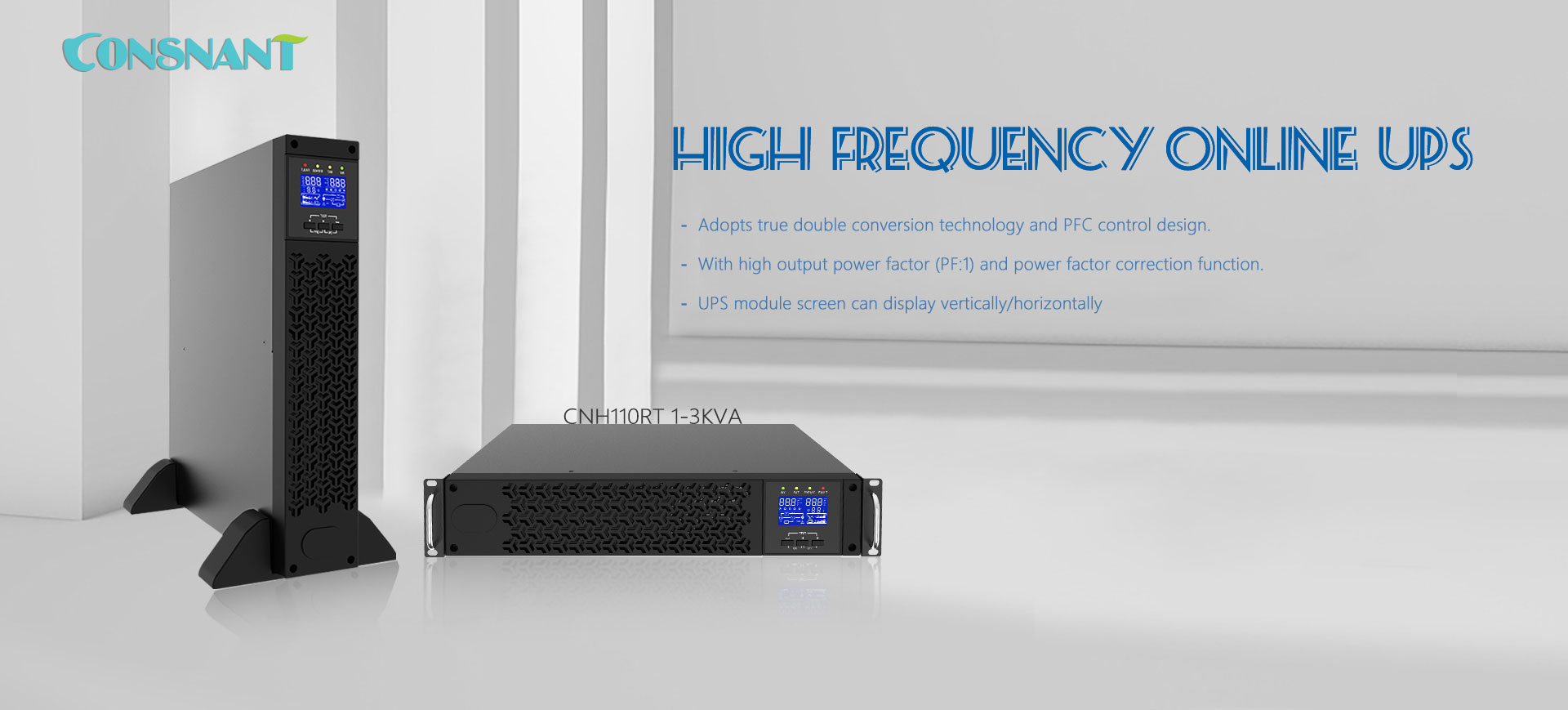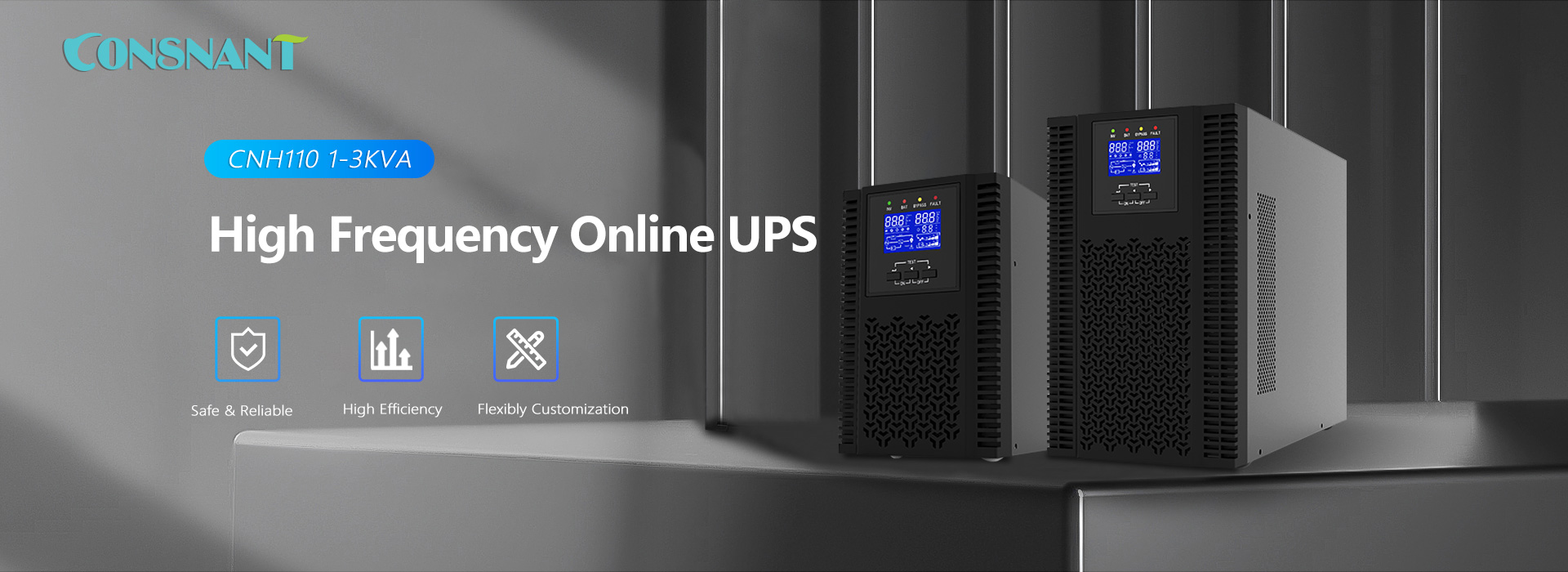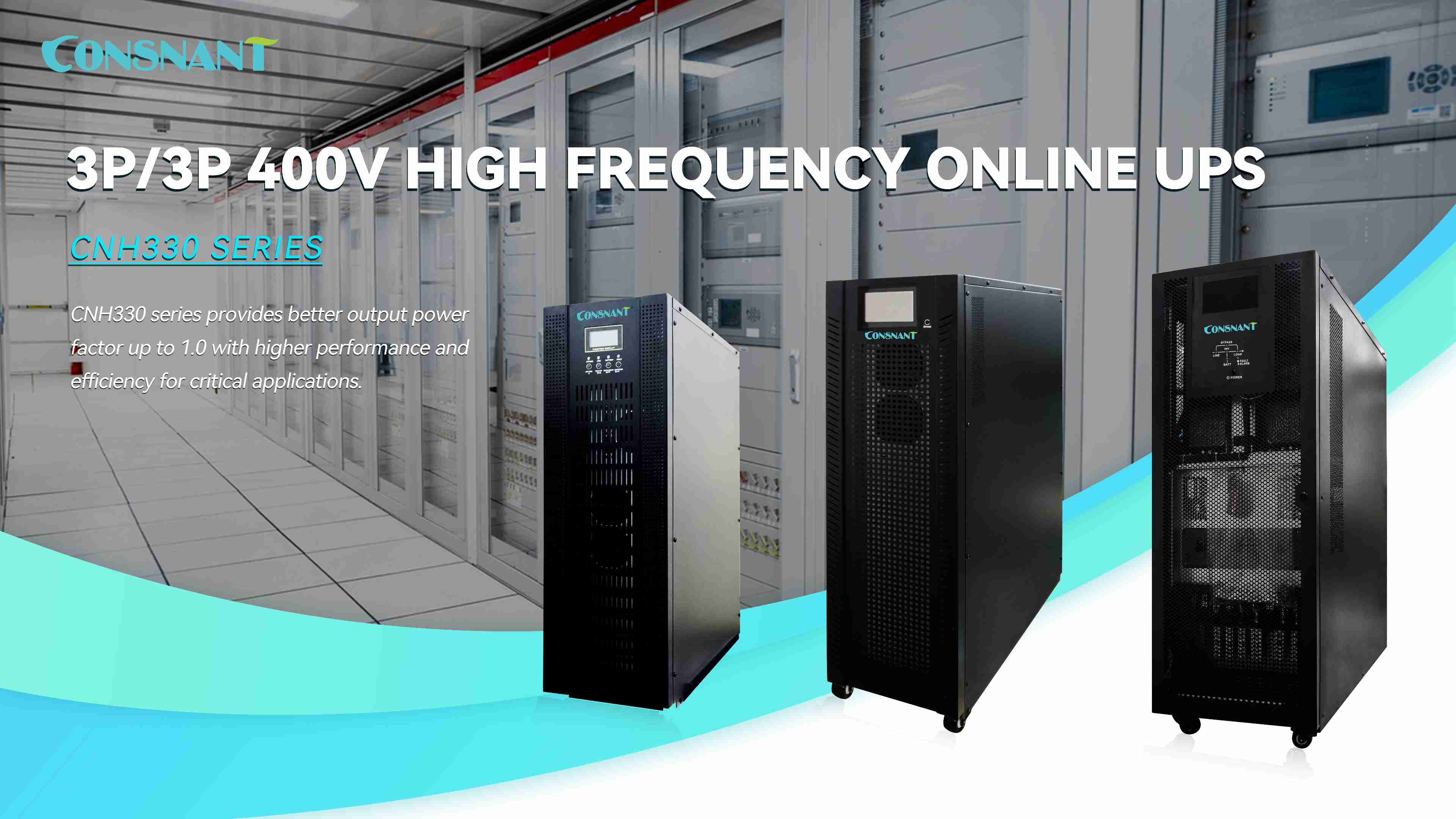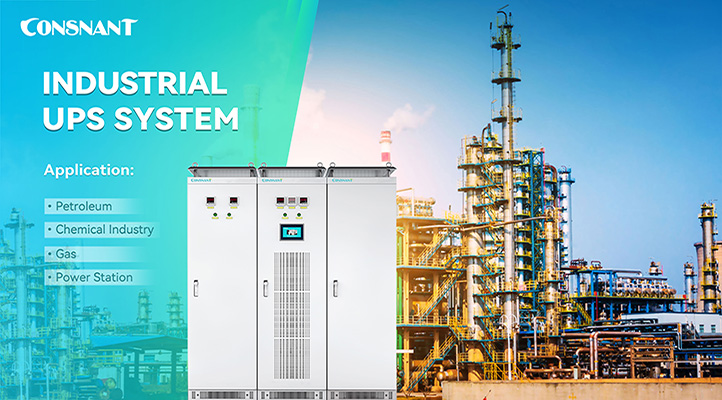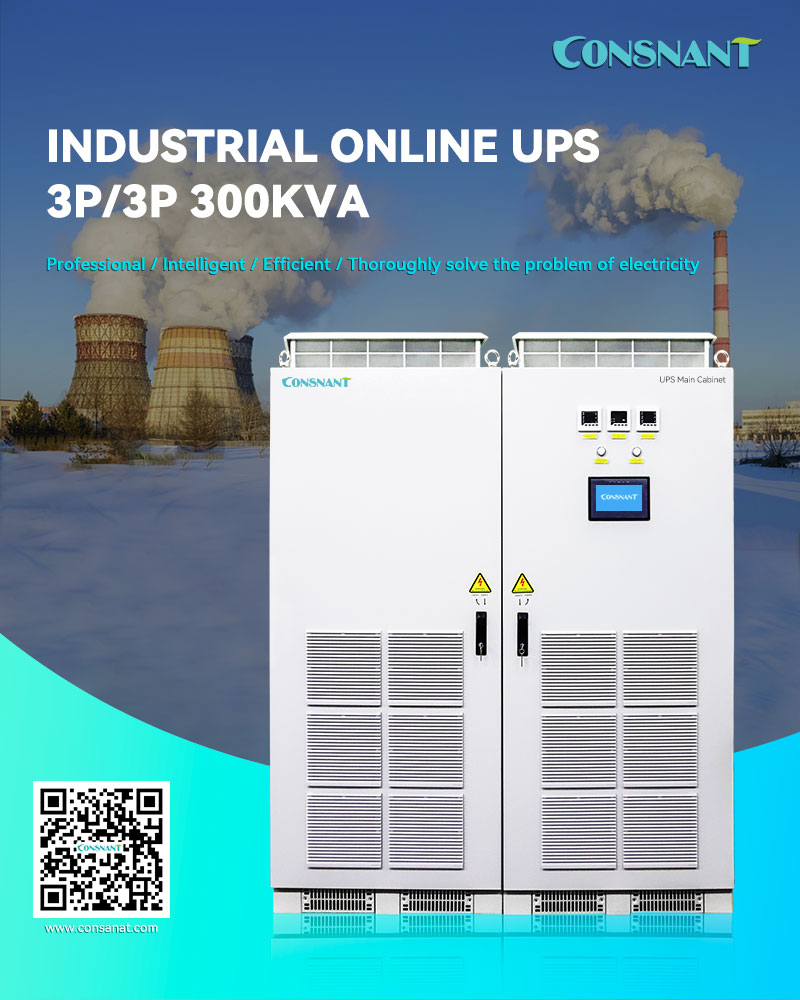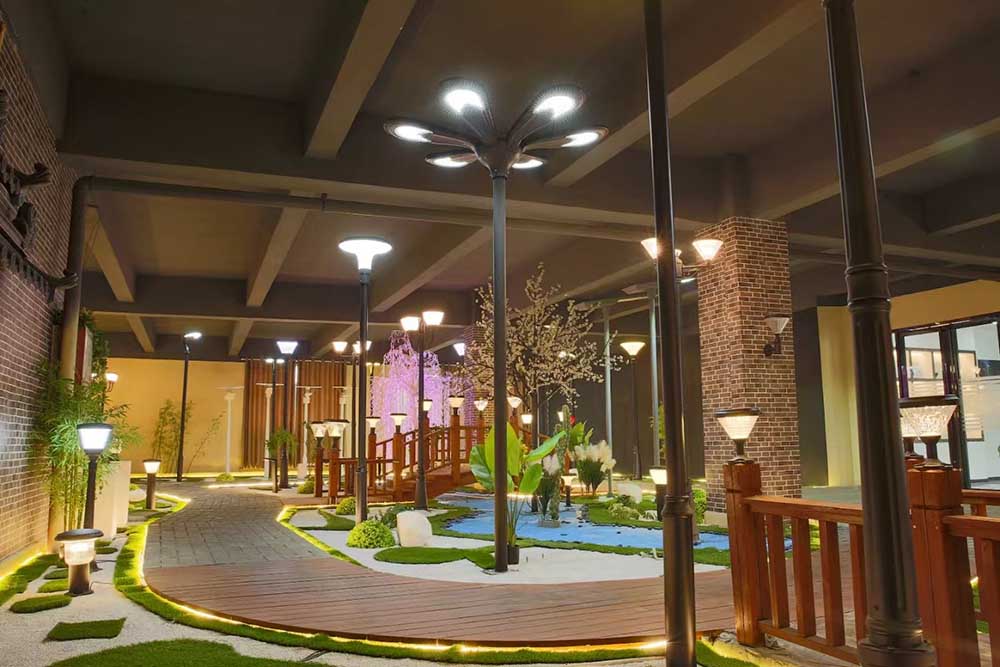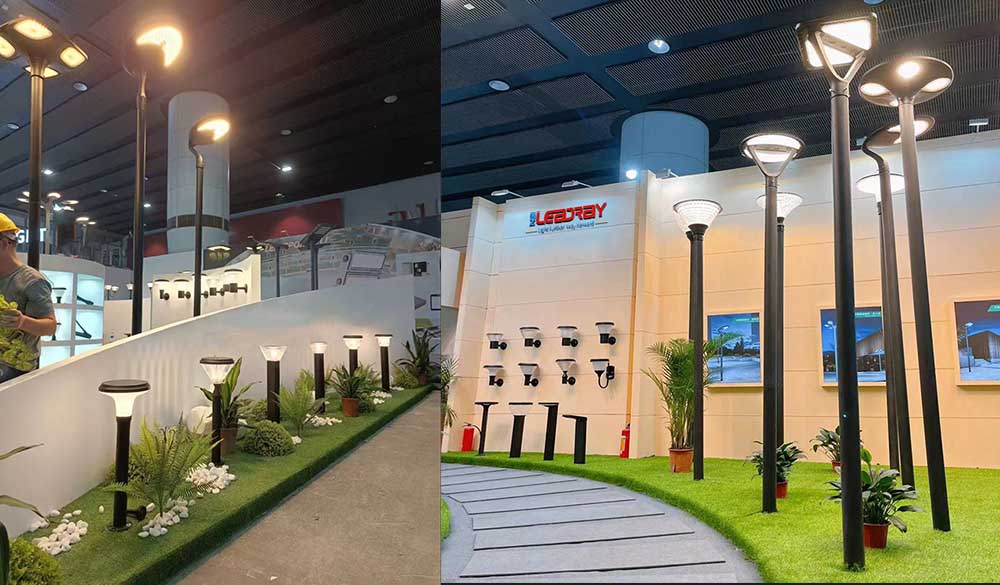As the world actively transitions to renewable energy, solar power has become one of the most popular and accessible clean energy options. For more and more homeowners, solar energy not only reduces electricity bills but also lowers carbon footprints and provides greater energy independence. However, with so many system types, components, and financing options available, making the right decision can be overwhelming.
This comprehensive guide will help you understand the key factors to consider so you can choose the solar system that best matches your household’s energy needs and budget.
1. Understand Your Energy Consumption
Before installing a solar system, the first step is to clearly understand your household's electricity usage.
Review electricity bills from the past 12 months to analyze monthly and annual average usage (in kilowatt-hours, kWh).
Pay attention to seasonal fluctuations, especially in areas with extreme weather.
Include high-consumption appliances such as electric vehicles and water heaters in your assessment.
Knowing your usage habits is essential for accurately sizing your solar system and calculating your return on investment.
2. Evaluate Your Home’s Solar Potential
Not every home is equally suited for solar. Sun exposure and roof condition play critical roles:
Roof orientation and tilt: In the Northern Hemisphere, south-facing roofs with a tilt of 15°–40° offer optimal performance.
Obstructions: Trees, chimneys, or nearby buildings can create shading—use professional tools to assess this.
Roof structure: Consider the age, material, and load capacity. Ground-mount systems or solar carports may be better for some homes.
3. Choose the Right System Size
Based on your electricity usage and site conditions, a qualified installer will recommend a system size:
System size is measured in kilowatts (kW) and should ideally match your total annual usage.
If net metering is available in your region, excess electricity can be sold back to the grid—making larger systems more viable.
Keep in mind that larger systems come with higher upfront costs, so balance your budget with long-term ROI.
4. Use High-Quality Components
A solar system is a long-term investment. Durable, efficient components are essential:
Solar panels:
Monocrystalline panels are more efficient and aesthetically pleasing, great for small roof areas.
Polycrystalline panels offer better value for budget-conscious homeowners.
Pay attention to conversion efficiency, 25-year linear power warranties, and brand reputation.
Inverters:
Convert DC electricity from panels into AC electricity for household use.
Choose string inverters for shade-free roofs, or microinverters/power optimizers for complex layouts.
Check for efficiency (over 95%) and warranty coverage.
Mounting systems:
Use corrosion-resistant, structurally secure materials.
Ensure the system can withstand wind, snow loads, or other environmental challenges.
Roof compatibility is essential for safe installation.
5. Consider Adding a Solar Energy Storage System
With advances in battery technology, a Solar Energy Storage System is becoming an attractive option for greater energy independence:
Stores excess solar power during the day for use at night or during outages.
Especially useful in regions without net metering or for off-grid systems.
Look for battery features like cycle life, depth of discharge (DoD), safety certifications, and brand credibility.
Though it increases upfront cost, storage is a crucial component of modern Energy Storage System Solutions, offering backup power and energy autonomy.
6. Compare Offers Carefully
Don't settle for the first quote. Get multiple offers from reputable installers or Energy Storage System Manufacturers:
Compare system size, component brands, inverter types.
Assess installation timelines and after-sales support.
Review warranty terms for both products and workmanship.
Ask for simulated energy production reports and layout visualizations.
7. Learn About Financing and Incentives
While solar requires upfront investment, several financial tools and policy incentives make it more affordable:
Cash purchase: Maximizes long-term savings with no debt.
Solar loans or green financing: Spread payments over time with low interest.
Leasing/PPA: Zero upfront cost, but lower long-term returns and no system ownership.
Take advantage of tax credits, cash rebates, or renewable energy grants available at local or national levels to reduce your payback period.
8. Choose a Reliable Installer
A reputable installer ensures system performance and long-term support:
Verify licenses, insurance, and technical certifications.
Review past projects, customer reviews, and system design capabilities.
Ask about product and installation warranties.
Check if they partner with leading Energy Storage System Manufacturers to provide comprehensive Energy Storage System Solutions.
A good provider will also offer real-time monitoring tools to help you track system performance.
9. Plan for Maintenance and Monitoring
Solar systems require minimal daily attention, but basic upkeep can enhance lifespan and efficiency:
Regularly clean panel surfaces to prevent dust buildup.
Use remote monitoring to track power output.
Schedule annual professional inspections for wiring, voltage levels, battery condition, and structural stability.
These practices ensure your Solar Energy Storage System runs reliably for decades to come.
Choosing solar power isn’t just a financial decision—it’s a step toward sustainability, resilience, and energy independence. By understanding your energy needs, selecting the right system size and components, integrating battery storage, and working with qualified professionals, you can build a clean energy system that pays for itself and benefits the planet.
If you’re looking for expert Energy Storage System Solutions or trusted Energy Storage System Manufacturers, we’re here to support you with end-to-end services and high-quality solar systems tailored to your home.






